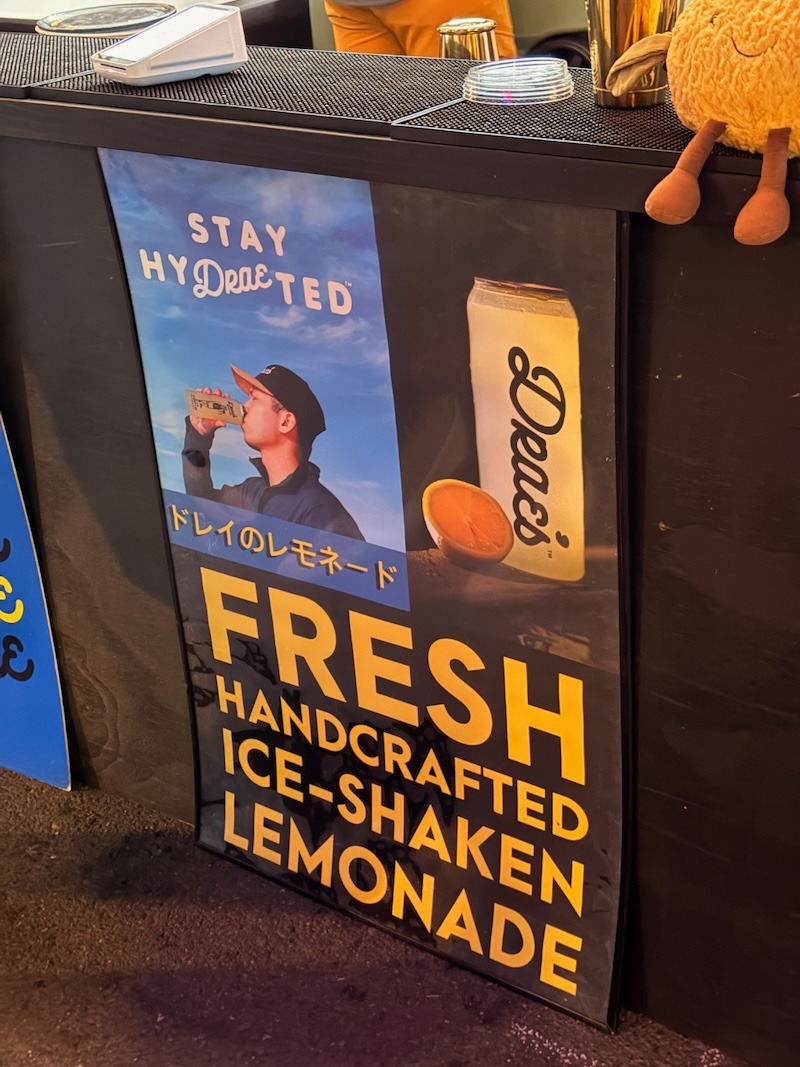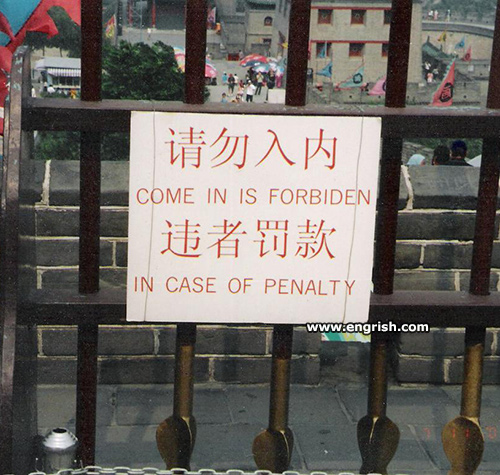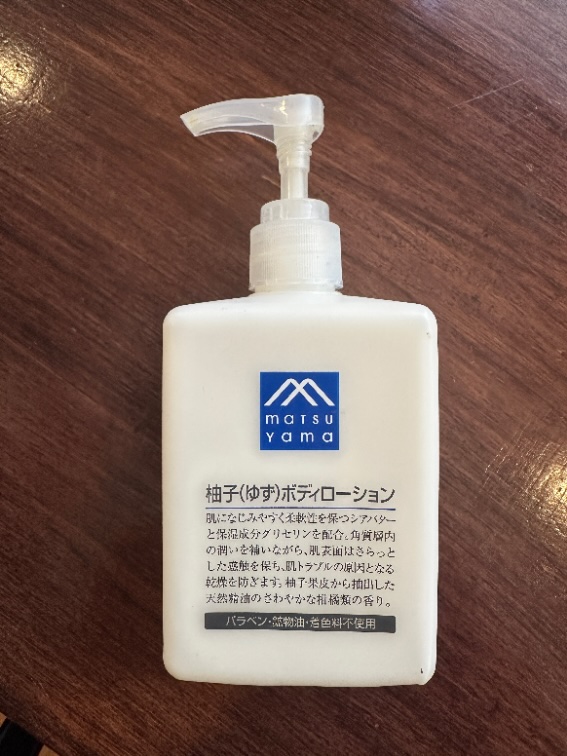How to transcribe the name of the ruler of the PRC
This is a follow-up to "How to pronounce the name of the ruler of the PRC" (10/26/25). Surprised by the amount of dissension over how to pronounce his name and how to represent the pronunciation in romanization, I decided to try another approach. I asked all of the students (undergrads and grads) in my Fiction and Drama and in my Language, Script, and Society in China classes to write down the best way that could think of to transcribe Xi Jinping's in roman or Cyrillic letters — other than the official Hanyu Pinyin version, Xi Jinping.
Only two of the students were linguistics majors, about a dozen were East Asian Languages and Civilizations majors. The remainder were drawn from a wide variety of disciplines and fields (humanities, sciences, and social sciences) across the university. About 90% had a Chinese background (ranging in ability from minimal acquaintance to full fluency). There were a couple of students from Taiwan, a few from Cantonese and other topolect areas, one had a Korean background, and two or three had no prior exposure to any East Asian languages.
Read the rest of this entry »



